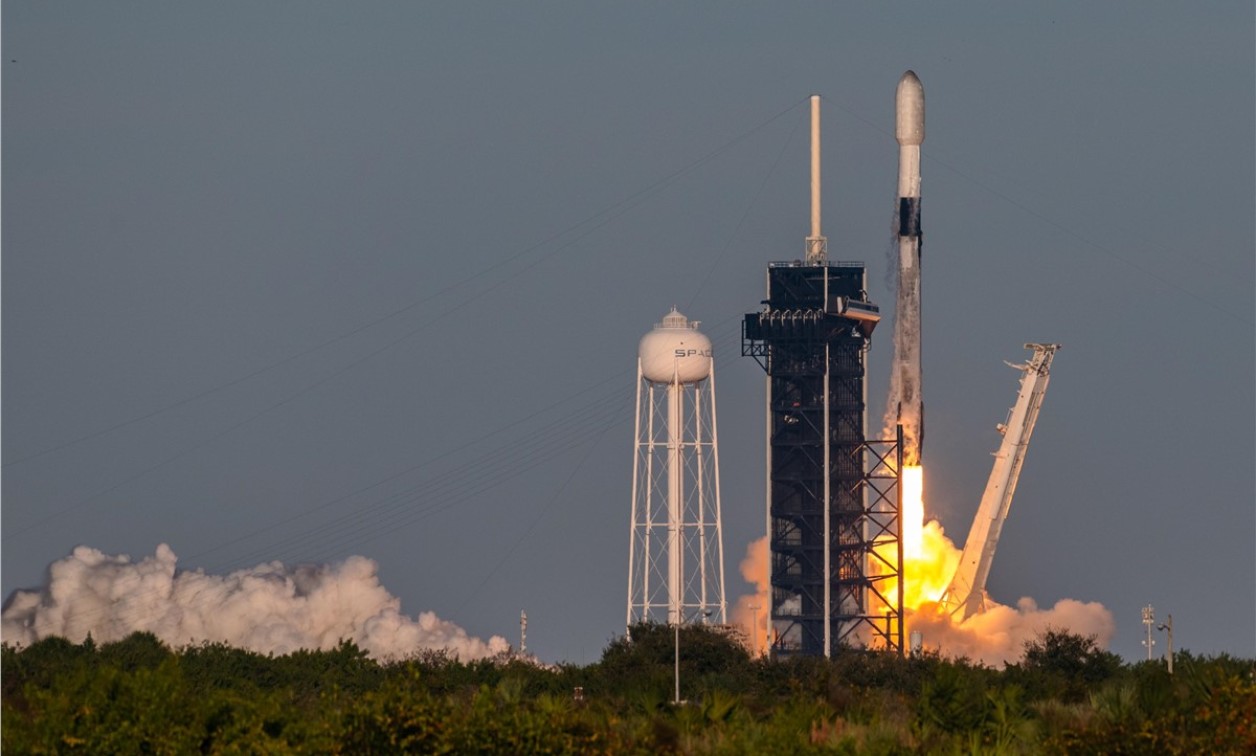LEO satellite tracking layer to address global hypersonic threats
NewsJanuary 13, 2022

WASHINGTON, D.C. At the recent Mitchell Institute for Aerospace Studies' Schriever Spacepower Forum, officials from the Space Development Agency (SDA) claimed that satellites in low-Earth orbit (LEO) are intended to be what will make up the tracking layer that will detect hypersonic threats by their heat signatures.
According to officials, satellites in LEO can detect those dim heat signatures better than satellites in higher orbits. Also, if there are several satellites doing the tracking, getting a geometric fix on a hypersonic threat could be more precise.
Then the SDA asserted that the transport layer of satellites would move data from the tracking satellites down to the shooter for a fire-control solution at the Joint All-Domain Command and Control. Those tracking satellites will be engineered to communicate with the transport satellites via laser optical cross links.
Current SDA projections outline that by September 2024, 144 transport layer satellites will begin to be launched. Additionally, in 2024 or 2025, 28 tracking layer satellites will be launched with the hopes of achieving global coverage.





